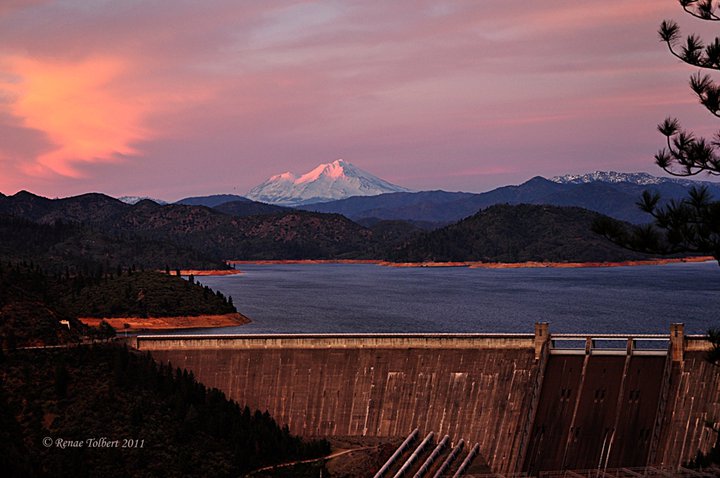
PG&E Urges Planning for National Dam Safety Awareness Day

by Paul Moreno
5-23-2017
In recognition of National Dam Safety Awareness Day on May 31, Pacific Gas and Electric Company (PG&E) urges those living or working below dams to recognize the signs of a potential dam breach and to have or update an evacuation plan.
PG&E’s 97 storage reservoirs are used primarily for generating hydropower and are generally far smaller than state and federal multi-year water storage reservoirs like Lake Oroville and Shasta Lake.
In February, damage to the Oroville Dam spillway led to evacuations in Butte, Yuba and Sutter counties. This incident is a reminder for those living and working near dams to have a family emergency plan. It is also a good time to check with your county office of emergency services to find out how to get notified during emergencies to receive alerts that are critical and time-sensitive including flooding, severe weather and natural disasters..
PG&E takes its role as steward of waterways and its hydroelectric system very seriously and the safety of its customers and the public is always its top priority.
PG&E inspects and maintains its dams according to strict safety guidelines, ensuring structural integrity under even extreme conditions. Nonetheless, it is important to be aware of potential flooding and have an evacuation plan should a dam fail.
National Dam Safety Awareness Day occurs on May 31 of each year to commemorate the failure of the South Fork Dam in Johnstown, Pennsylvania in 1889. The awareness day was created to encourage and promote individual and community responsibility for dam safety, as well as to provide information for dam owners on what steps can be taken to prevent dam failures.
PG&E participates in local community events, mails informational brochures to customers, and coordinates with schools in our service area annually to advise them of the need to recognize the signs of a potential dam failure and who their local emergency response agencies are to further assist with identifying evacuation routes.
PG&E has also developed plans with state and local emergency agencies to warn the public in the unlikely event of a sudden dam failure. The energy company regularly engages in drills and exercises with emergency agencies. In addition, PG&E also places informational posters in campgrounds, parks and other recreation areas in flood inundation zones throughout its service area.
The following are the emergency messages that PG&E is sharing with customers through brochures, posters and on its website:
Have a Plan
- Write down your evacuation route to higher ground.
- Plan how you will evacuate family members who might need assistance.
- Practice your evacuation route with family and point our your family meeting place.
- Keep an emergency kit with enough blankets, flashlights, food, water, medication and supplies for three days.
What to Do if You’re in the Water
- Drop any items that could weigh you down.
- Stay calm and lie on your back.
- Keep your feet up and pointed downstream to avoid hitting rocks and to prevent your feet from getting tangled.
- Go with the current and move diagonally across it until you reach shore.
- Roll onto dry land to drain your boots or waders.
What to Do if You’re Near the Water
- Head for higher ground.
- Turn on your weather radio to access the National Weather Service’s Emergency Alert System.
- Do not walk through moving water.
- Avoid driving through flooded areas.
- Follow your family’s or authorities’ evacuation plan.
More information is available on the PG&E website: www.pge.com/hydrosafety and the FEMA website: fema.gov/protecting-our-communities/dam-safety.
About PG&E
Pacific Gas and Electric Company, a subsidiary of PG&E Corporation (NYSE:PCG), is one of the largest combined natural gas and electric energy companies in the United States. Based in San Francisco, with more than 20,000 employees, the company delivers some of the nation’s cleanest energy to nearly 16 million people in Northern and Central California. For more information, visit pge.com/ and pge.com/en/about/newsroom/index.page.
Website Hosting and Design provided by TECK.net